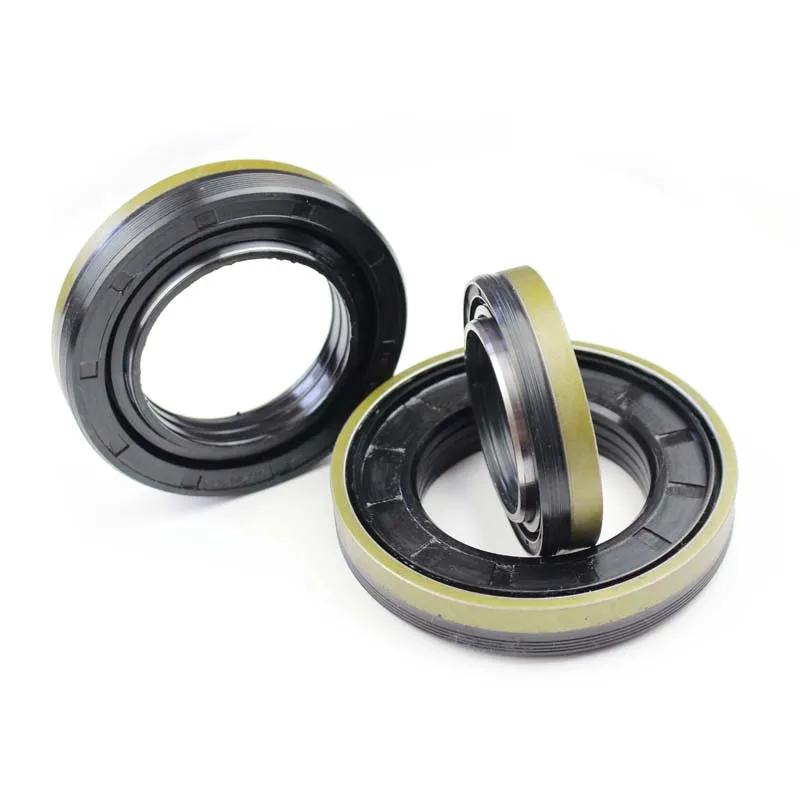AC Compressor O-Rings for Optimal Performance and Efficiency in Air Conditioning Systems
Understanding AC Compressor O-Rings Importance, Types, and Maintenance
Air conditioning systems are essential for maintaining comfort in homes and vehicles, especially during the sweltering summer months. At the heart of these systems is the AC compressor, which plays a critical role in circulating refrigerant and facilitating heat exchange. One small yet significant component that helps ensure the efficient operation of the AC compressor is the O-ring. In this article, we will explore the importance of AC compressor O-rings, the different types available, and best maintenance practices.
The Role of O-Rings in AC Compressors
O-rings are circular seals made from a variety of materials, including rubber, silicone, and fluorocarbon compounds. They create a tight seal between components, preventing refrigerant from escaping and ensuring that the system maintains optimal pressure. When an O-ring is functioning correctly, it minimizes leaks, enhancing the compressor's efficiency and prolonging the system's lifespan.
Leaks in the AC system can lead to a range of issues, from decreased cooling performance to costly repairs. If the refrigerant escapes due to a compromised seal, the compressor must work harder to maintain the desired temperature, leading to increased energy consumption and potential failure. Thus, the integrity of O-rings is vital for the overall health of the AC system.
Types of O-Rings
There are several types of O-rings used in AC compressors, each designed to meet specific requirements based on the refrigerant type, operating conditions, and temperature ranges. Here are some commonly used O-ring materials
1. Nitrile Rubber (Buna-N) This material is widely used in AC applications due to its good resistance to refrigerants and oils. Nitrile O-rings are effective in a range of temperatures, making them suitable for many AC systems.
2. Fluorocarbon (Viton) When high temperatures and chemical resistance are required, fluorocarbon O-rings are an excellent choice. They are ideal for systems using advanced refrigerants and provide exceptional durability.
ac compressor o rings

3. Silicone While generally less resistant to oils and refrigerants compared to nitrile and fluorocarbon, silicone O-rings offer excellent heat resistance. They are often used in applications where high temperatures are prevalent.
4. EPDM (Ethylene Propylene Diene Monomer) This material is known for its UV and ozone resistance, making it suitable for outdoor AC units. However, EPDM may not be compatible with all types of refrigerants, so it’s essential to know the system requirements.
Maintenance and Replacement
Regular maintenance of AC systems is vital to ensure efficient operation and longevity. O-rings, being critical components, should be inspected periodically. Signs of wear or damage, such as cracks, deformation, or discoloration, may indicate that an O-ring needs replacement.
When replacing O-rings, it is essential to choose the correct type and size. O-rings come in various sizes, and using the wrong size can lead to inadequate sealing or increased wear. Refer to the manufacturer’s specifications for the appropriate parts. Additionally, it's crucial to lubricate the O-ring with compatible lubricant before installation. This step helps to prevent pinching or tearing during assembly, ensuring a proper seal.
Conclusion
In summary, O-rings play an indispensable role in the functionality of AC compressors. Their ability to create tight seals prevents refrigerant leaks, enhances system efficiency, and ultimately contributes to the longevity of the air conditioning system. Understanding the different types of O-rings and their properties can help in making informed decisions during maintenance or replacement.
Regular inspections and proactive maintenance ensure that O-rings remain in good condition, allowing your AC system to operate efficiently for years to come. Investing time in understanding and caring for these small but vital components can lead to a more comfortable living environment and reduce the risk of costly repairs down the line.
-
The Ultimate Guide to Boat Propeller Bearings and Trailer Wheel Bearings
News Jul.31,2025
-
The Essential Guide to Marine Bearings and Boat Trailer Wheel Bearings
News Jul.31,2025
-
The Complete Guide to Heavy Duty Seals: Protecting Doors and Spaces Efficiently
News Jul.31,2025
-
Essential Guide to Marine Shaft Bearings and Boat Trailer Axle Bearings
News Jul.31,2025
-
Comprehensive Guide to Marine and Trailer Bearings for Safe Boating and Transport
News Jul.31,2025
-
Comprehensive Guide to Automotive Oil Seals: Protecting Your Engine and Shafts
News Jul.31,2025
-
Understanding Automotive Oil Seals: Essential Components for Engine and Shaft Protection
News Jul.30,2025
Products categories















